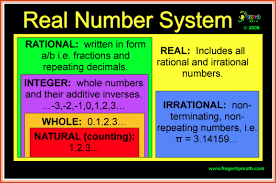LEGISLATURE
LEGISLATURE Legislature of the Union which is called Parliament , consists of President and two Houses, known as Council of States (Rajya Sabha) and House of the People (Lok Sabha). Each House has to meet within six months of its previous sitting. A joint sitting of two Houses can be held in certain cases. RAJYA SABHA The Constitution provides that the Rajya Sabha shall consist of 12 members to be nominated by the President from amongst persons having special knowledge or practical experience in respect of such matters as literature, science, art and social service; and not more than 238 representatives of the States and of the Union Territories. Elections to the Rajya Sabha are indirect; members representing States are elected by elected members of legislative assemblies of the States in accordance with the system of proportional representation by means of the single transferable vote, and those representing Union Territories are chosen in such manner as P...


